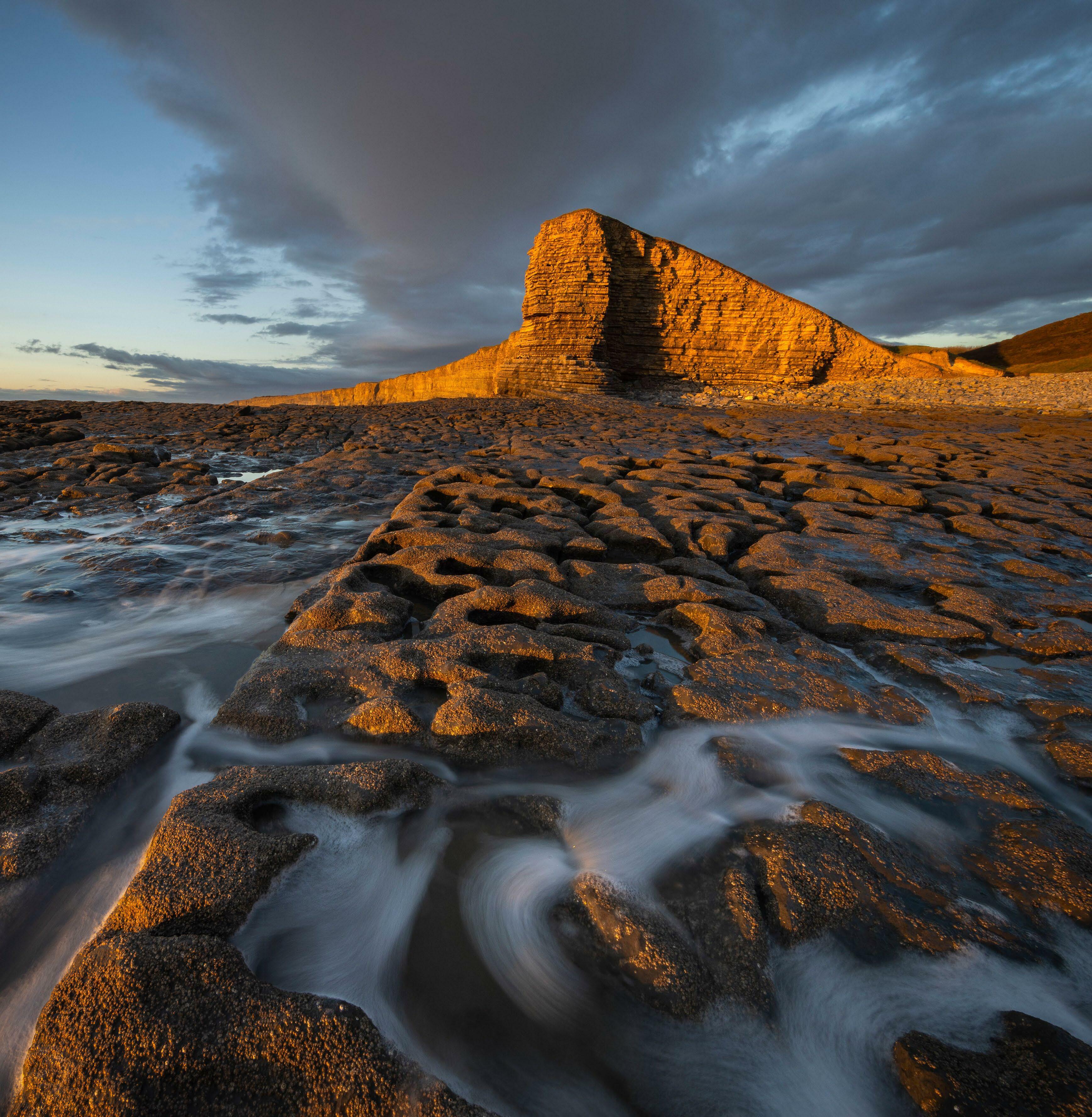
Unless you’re a pro news or sports photographer who needs to send JPEG files to a picture desk in real time, there’s no reason for not capturing Raw files whatever you’re shooting. Due to their compressed file size, JPEGs are brilliant for sharing and storing, but if you want to take your photography to the next level, you’ll need to be able to exploit the full information contained in a Raw file.
Unlike JPEG, which actually stands for ‘Joint Photographic Experts Group’, ‘Raw’ isn’t an acronym; it literally means the raw data straight from the camera. This extra data does come at the cost of larger files and at up to four times the size, it’s true that Raw files will fill a memory card or hard drive faster. But this is a price worth paying for the additional editing possibilities they allow.
Many of us already use Raw files in our workflows, but for those who don’t, you can set your camera to capture both JPEG+Raws, with the highest-quality Raw format available, until you become comfortable with shooting solely in Raw.
We meet many PhotoPlus readers who shoot in the Raw format, but then get stuck when it comes to Raw editing, so we’ve designed a workflow for Adobe Photoshop (other Raw image editing software is available) that’s based around the 10 essential Raw image editing steps you’ll need to get the most from your valuable Raw files…
01 HOW TO CROP AND FIX LENS DEFECTS
Some simple tweaks to get you started in Adobe Camera Raw
Esta historia es de la edición April 2023 de PhotoPlus : The Canon Magazine.
Comience su prueba gratuita de Magzter GOLD de 7 días para acceder a miles de historias premium seleccionadas y a más de 9,000 revistas y periódicos.
Ya eres suscriptor ? Conectar
Esta historia es de la edición April 2023 de PhotoPlus : The Canon Magazine.
Comience su prueba gratuita de Magzter GOLD de 7 días para acceder a miles de historias premium seleccionadas y a más de 9,000 revistas y periódicos.
Ya eres suscriptor? Conectar
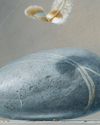
The Art of Copying Art - James Paterson shows you how to use your Canon gear to capture artwork and paintings the right way with simple camera and lighting skills
Whether you want to capture a painting like the above, digitise old prints or reproduce any kind of canvas, there's real skill in capturing artwork with your camera. Not only do you need the colours to be accurate, you also need to master the spread, angle and quality of the light to minimise glare and show the work at its best.This painting by the artist Bryan Hanlon has a wonderfully subtle colour palette. To reproduce the painting in print and digital form, it needs to be captured in the right way.

Fright night
Canon photographer and digital artist Alexander loves to craft incredible fantasy scenes with a spooky horror twist

Sharpen your shots with DPP
Sharpening a digital image also increases contrast at the edge of details

CANON ImagePrograf PRO-1100
Deeper blacks, better bronzing, greater lifespan and 5G Wi-Fi -Canon's new printer is full of new tech, says
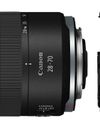
Canon's new 'kit lens' is actually a half-price f/2.8 trinity lens!
The Canon RF 28-70mm F2.8 IS STM lacks a red ring, but borrows premium features from its L-series siblings

DREW GIBSON
Pro motorsports photographer Drew on why he hasn't (yet) switched to Canon's mirrorless system, why old-school techniques can be the most reliable, and the lessons learned from more than a decade shooting the world's biggest car brands
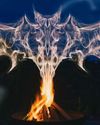
Up in smoke
Make a smoky shape in Affinity Photo and get to grips with the amazing Liquify Persona under the guidance of James Paterson

Expand your creativity with Generative Fill
Photoshop's Al-powered feature brings revolutionary new tools to image editing. James Paterson reveals all...
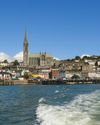
Turn your images into vintage postcards
Wish you were here? Sean McCormack explains how you can give your summer photographs a vintage postcard look
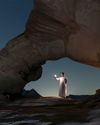
The Angel Malibu
Light painting an American movie producer in the Wadi Rum Desert in Jordan was a highly unlikely evening out for David!